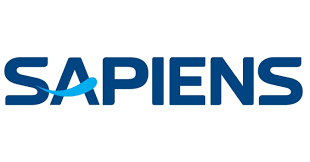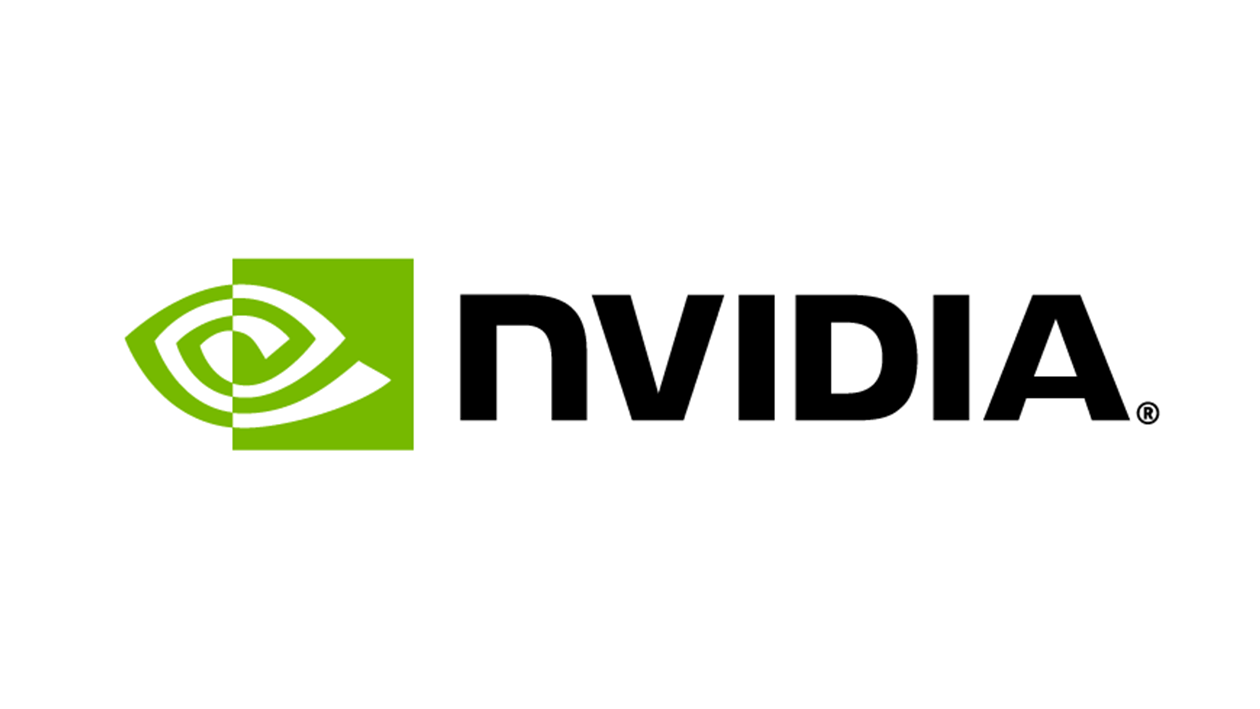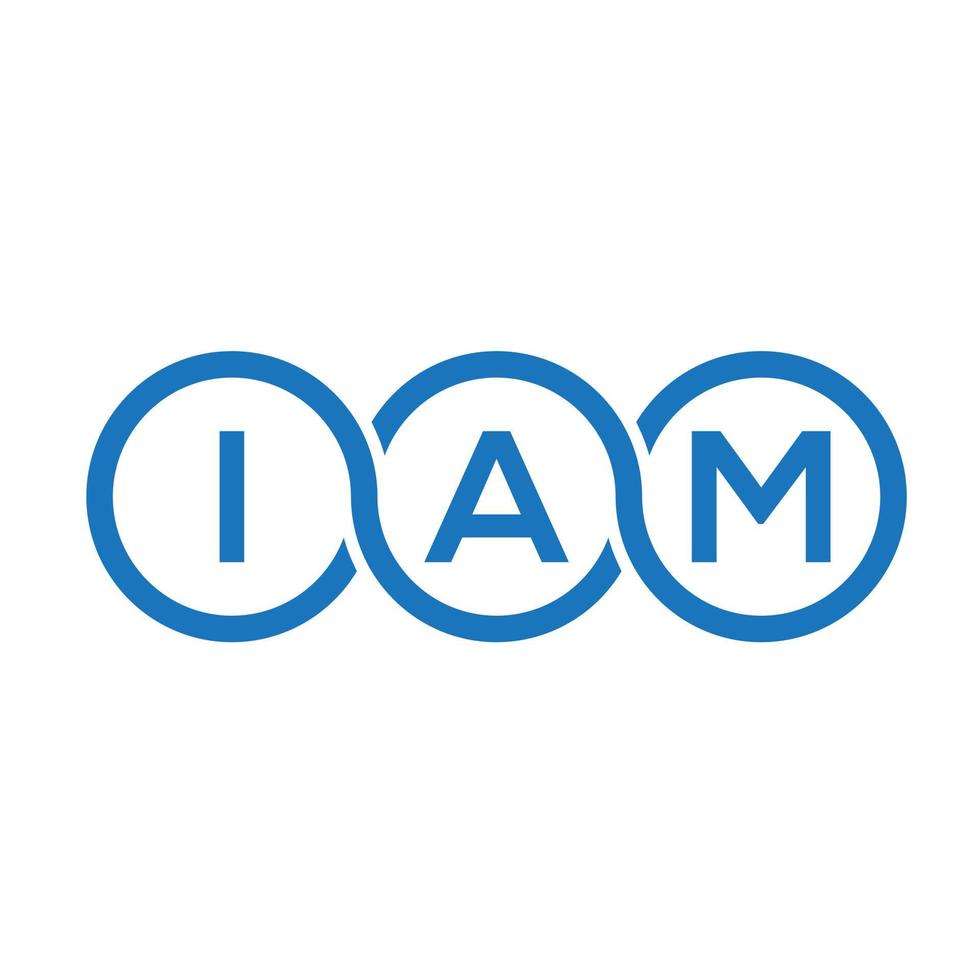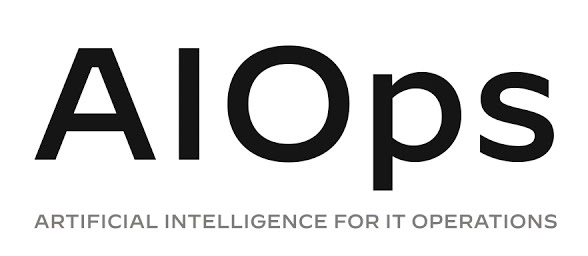The demand for semiconductors is at an all-time high, driven by the rapid growth of emerging technologies such as 5G, artificial intelligence (AI), the Internet of Things (IoT), and electric vehicles (EVs). These technologies require increasingly powerful and efficient chips, leading to a surge in demand across various industries.
For example, the automotive industry is becoming one of the largest consumers of semiconductors, as modern vehicles rely on advanced chips for everything from engine control and safety systems to infotainment and autonomous driving features. Similarly, the expansion of 5G networks is driving demand for semiconductors used in smartphones, base stations, and other communication devices.
1. The Global Chip Shortage
The semiconductor industry has been grappling with a global chip shortage, a crisis that has highlighted the fragility of the semiconductor supply chain. The shortage was exacerbated by the COVID-19 pandemic, which disrupted production and logistics, as well as by unexpected spikes in demand for consumer electronics and automotive chips.
This shortage has had far-reaching effects, causing delays in product launches, production slowdowns in the automotive industry, and supply chain disruptions across multiple sectors. However, addressing the chip shortage will require long-term solutions, including greater diversification of the supply chain and increased investment in research and development.
2. Technological Advancements and Moore’s Law
Moore’s Law, the observation that the number of transistors on a microchip doubles approximately every two years, has driven the rapid advancement of semiconductor technology for decades. However, as transistors continue to shrink to the nanometer scale, maintaining the pace of Moore’s Law has become increasingly challenging.
To overcome these challenges, the semiconductor industry is exploring new materials, architectures, and manufacturing techniques. For example, the development of 3D chip stacking, where multiple layers of transistors are stacked vertically, is enabling further miniaturization and improved performance. As Moore’s Law slows down, these innovations will be crucial in sustaining the industry’s growth.
3. The Rise of Custom and Specialized Chips
As industries become more specialized, there is a growing demand for custom and application-specific integrated circuits (ASICs). These chips are designed for specific tasks, such as AI processing, cryptocurrency mining, or autonomous driving, and offer superior performance and efficiency compared to general-purpose processors.
4. Supply Chain Resilience
In addition to geopolitical challenges, natural disasters and pandemics have exposed the vulnerabilities of the semiconductor supply chain. To mitigate these risks, companies are exploring strategies such as nearshoring (relocating production closer to home), building more geographically distributed supply chains, and increasing inventory levels.
5. The Future of Semiconductor Innovation
The future of the semiconductor industry will be shaped by continued innovation and the development of next-generation technologies. Quantum computing, which leverages the principles of quantum mechanics to perform calculations far beyond the capabilities of classical computers, is one area of research that holds tremendous promise. Another exciting area of innovation is neuromorphic computing, which aims to mimic the architecture of the human brain to achieve unprecedented levels of computational efficiency. Neuromorphic chips could enable breakthroughs in AI and machine learning, powering applications such as real-time language translation, autonomous systems, and advanced robotics.
The semiconductor industry is at a pivotal moment, with unprecedented demand, significant challenges, and exciting opportunities on the horizon. As the world becomes increasingly digital and connected, semiconductors will remain at the heart of technological innovation. To succeed in this dynamic industry, companies must navigate complex supply chains, invest in R&D, and stay ahead of emerging trends such as custom chip design and new computing paradigms.





























































































































































